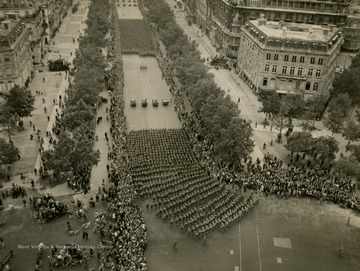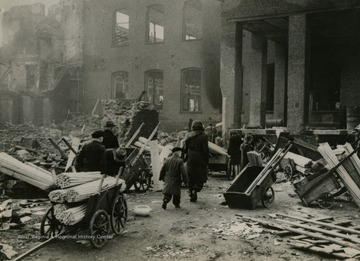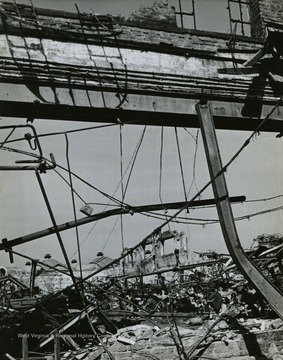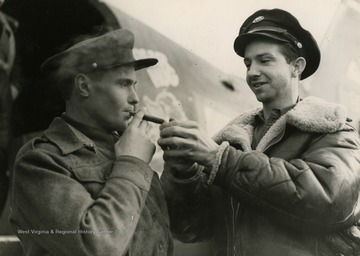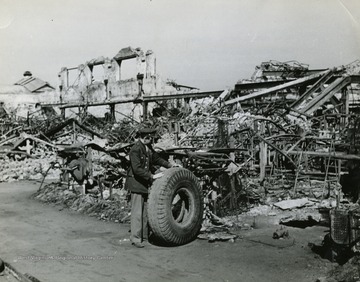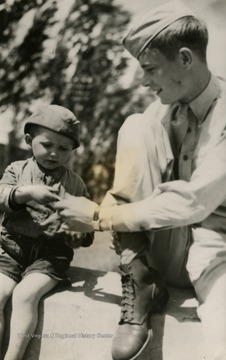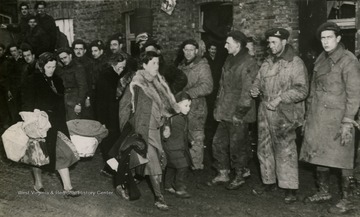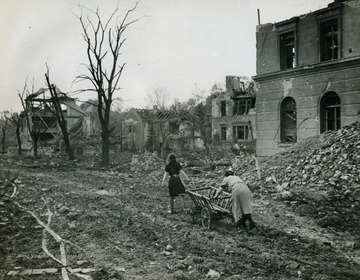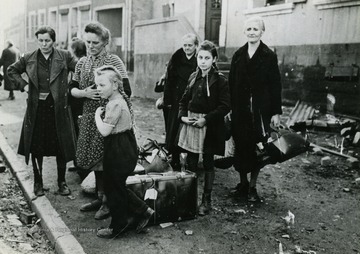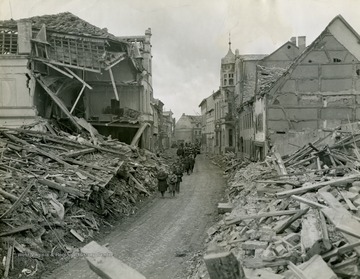Search Constraints
You searched for:
Acquisition Source
Webb, Barry H.
Remove constraint Acquisition Source: Webb, Barry H.
Projects
West Virginia History OnView
Remove constraint Projects: West Virginia History OnView
Topical Subjects
World War II.
Remove constraint Topical Subjects: World War II.
« Previous |
1 - 12 of 77
|
Next »
